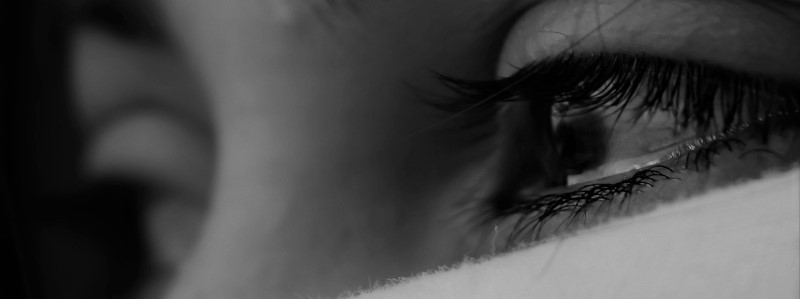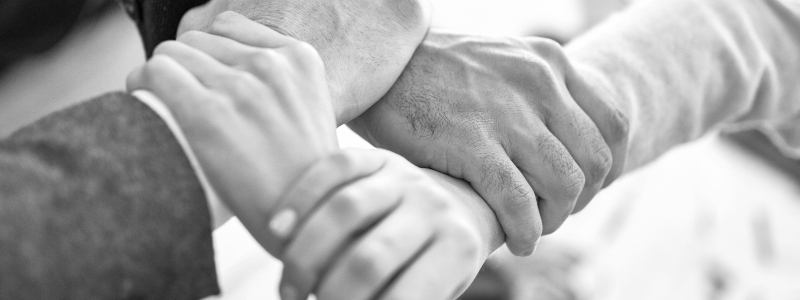Both the name, Gabor Maté, and the word, trauma, have become synonymous and ubiquitous in recent years.
Dr. Maté is a Hungarian born physician and author of ‘In The Realm of The Hungry Ghosts’, which was first published back in 2008 and offered a compassionate and insightful understanding of addiction as a response to trauma. Since then Dr Maté has steadily risen to fame as an addiction and trauma expert. He has now released a documentary film entitled ‘The Wisdom of Trauma’, which was brought to my attention by a couple of my clients. I decided to watch it.
The film follows Dr Maté on his journey of defining trauma, most specifically, childhood developmental trauma (CPTSD) and covers his work and learnings from treating street addicts in Vancouver’s Downtown Eastside.
As a mental health professional and clinician, I am all in favour of any well-researched productions that aim to highlight the impact of CPTSD, educate the masses and ideally bring about change at a societal level in how we conceptualise trauma and treatment. I therefore had high hopes for Dr Maté’s oeuvre. Sadly, as the film progressed, I became increasingly uneasy with the content and was ultimately left with the impression that the film was more about glorifying Dr Maté and his self-professed ‘new’ trauma informed approach to treating trauma, than a piece of work aimed at bringing together the teachings and learnings of many clinicians over the years on whose shoulders Dr Maté, like the rest of us, stand (see Alan Shore, Babette Rothschild, Pat Ogden, Steven Porges, Antonio Damasio, Daniel Siegel to name a few).
There is a powerful sequence in the film filmed in a prison where Fritzi Horstman, founder of the Compassion Prison Project, undertakes some meaningful work with inmates based on the ACE principles (see Adverse Childhood Experiences study 1995 – 1997, conducted by Kaiser Permanente). The work of the Compassion Prison Project is clearly meaningful, research based and healing, however, the link between this project and Gabor Maté remained at best utterly unclear and secondly, there was no reference to the original ACE study and the importance of it so viewers were left in the dark around context and thus perhaps invited to imagine that this was somehow connected to Dr Mate. To be clear, the ACE study has nothing to do with Dr Maté.
As the film progresses, Dr Maté moves into sharing his experiences of healing through the use of psychedelics, namely Ayahuasca, with footage shown of a ceremony taking place in Peru. The study of psychedelics and their possible use in treating mental health problems is in its absolute infancy and the research being conducted is done so in strictly controlled environments where participants combine the use of medical doses of psychedelics with psychotherapy – no mention was made of this. Whilst promising in specific clinical settings (as opposed to the Peruvian rain forest) and for specific applications, psychedelics can potentially do more harm than good,
particularly for patients with weak egos or personality disorders. There also remain valid questions about the long-term benefits of psychedelics in treating trauma, with most studies showing that symptoms tend to return over time once psychedelic use was suspended (generally 6 months to a year).
There is then a sequence wherein a man in his early 50’s with a stage 4 prostate cancer diagnosis appears to enter into remission through therapy with Dr Maté with the implied cause of his previously terminal illness being put down to trauma. I am a clinician who profoundly believes in the body-mind connection as have many more learned clinicians before me (see Winnicott and psyche-soma integration), however, whilst our emotions are experienced through the body and the ACE study has shown correlation between adverse childhood experiences and illness,
correlation is not the same as causation.
Finally, there are numerous sequences where Dr Maté is conducting his own brand of ‘trauma informed therapy’ which he suggests is in some way unique and the way to heal trauma. And yet again, trauma informed therapy is neither a new phenomenon nor something that has been invented by Dr Maté; indeed, any well-trained and experienced psychotherapist who works with trauma (and we all do), should be educated in understanding the presentation and defensive structures around CPTSD.
The message of the documentary – a trauma informed approach to healing society as a whole – is a positive one and yet despite his profile, I was disappointed to see how Dr Maté fails to engage and influence policy makers, educators, physicians and mental health professionals and actively seems to undermine his own message through an irresponsible focus on psychedelics, terminal illness being healed through trauma talk-therapy and a guru-esque approach to practicing his own therapeutic approach.
The sad reality of relational trauma is that it occurred in relationship and so can only be treated and worked through in relationship. And working through is not necessarily the same as ‘healing’. Good psychotherapy is painful and slow and the main reason it takes time is because the traumatised part of the patient (client) needs to overcome resistance and form a dependent relationship on their therapist; thus the client dictates the speed of therapy.
The Wisdom of Trauma seemed to me to subscribe to an all too common narrative of recent years – there is a ‘fix’ for everything and it can be quick. This is not my experience of working with trauma and nor is it that of my clients, many whom learn to live with their trauma rather than somehow leave it behind. Perhaps a better title would have simple been: ‘The Wisdom of Gabor Maté’ as the documentary was essentially about him and his views, despite the enormous work in this field undertaken by the likes of Freud, Winnicot, Bowlby etc., all the way through to ordinary psychotherapists like myself and all my ‘ordinary’ colleagues.
To enquire about psychotherapy sessions with Mark Vahrmeyer, please contact him here, or to view our full clinical team, please click here.
Mark Vahrmeyer, UKCP Registered, BHP Co-founder is an integrative psychotherapist with a wide range of clinical experience from both the public and private sectors. He currently sees both individuals and couples, primarily for ongoing psychotherapy. Mark is available at the Lewes and Brighton & Hove Practices.
Further reading by Mark Vahrmeyer
‘The Wisdom of Trauma’ a film by Gabor Maté – A Critical Review
Do Psychotherapists Need to Love Their Clients?
Unexpressed emotions will never die
What is the purpose of intimate relationships?
Why ‘Cancel Culture’ is about the inability to tolerate difference











